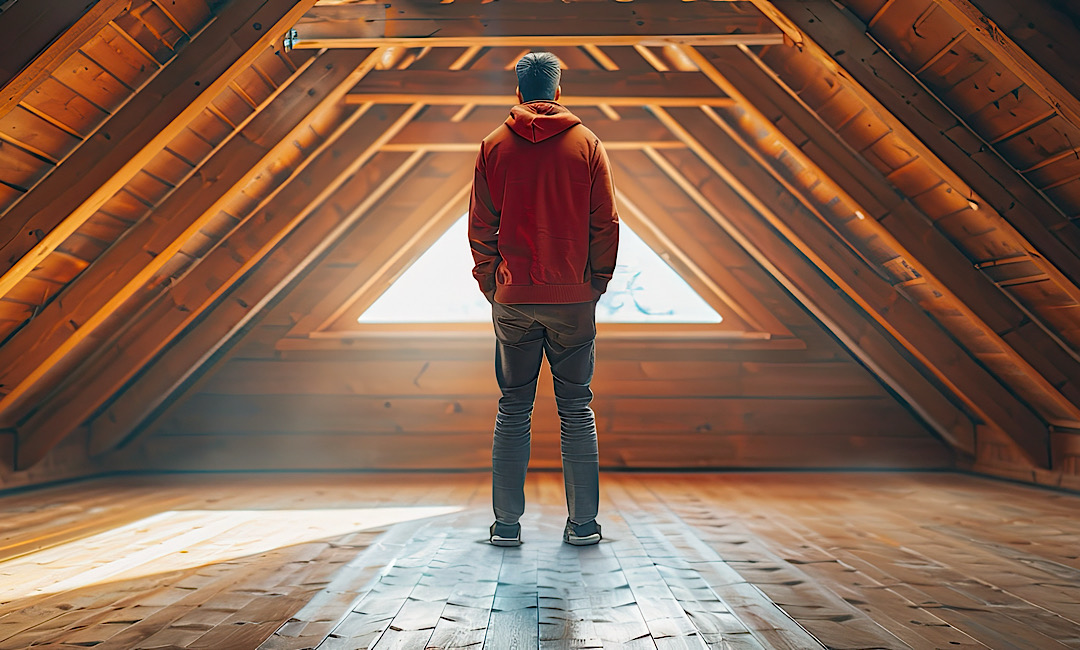
As summer winds down in the Pacific Northwest, many homeowners begin preparing for cooler weather. While furnace checks and sealing windows are common seasonal steps, one area often overlooked is insulation. An outdated or underperforming insulation system can lead to higher energy bills, uncomfortable indoor temperatures, and poor indoor air quality during the colder months. Knowing when to upgrade can help you avoid costly inefficiencies and make your home more comfortable before fall arrives.
If you’re unsure where to begin, Go Green Insulation recommends the following signs to help you determine whether your home needs a professional insulation inspection—and possibly an upgrade.
Drafts, Uneven Temperatures, or Cold Floors? Here’s Why That Matters
One of the most noticeable indicators of poor insulation is inconsistent temperatures throughout your home. If certain rooms stay much colder than others, or if you feel drafts even with windows closed, your insulation likely isn’t performing effectively.
These symptoms are typically caused by:
- Settled or compressed insulation that no longer blocks heat transfer
- Air leaks in crawl spaces, rim joists, and attic hatches
- Inadequate R-values in key areas like walls and ceilings
Cold floors in the morning or overly chilly bedrooms in the evening could be signs that your insulation has aged or wasn’t installed thoroughly. Before you begin weatherproofing for fall, it’s worth getting a professional evaluation to ensure your insulation still does its job.
Your Energy Bills Keep Climbing
Rising utility bills in the fall and winter often indicate heat loss due to insufficient or damaged insulation. When insulation degrades over time—or when it was never properly installed—your heating system must work harder to maintain comfort.
What to look for:
- A steady increase in heating costs year-over-year
- High energy usage despite moderate outdoor temperatures
- HVAC equipment cycling on and off frequently
A home energy audit can measure air leakage, insulation R-values, and the performance of your thermal envelope. With this data, you can pinpoint where insulation upgrades will have the greatest return on investment.
Visible Damage or Moisture in Insulated Areas
Insulation that has been exposed to water, pests, or mold loses its effectiveness quickly. These issues are especially common in older homes or homes with venting and drainage challenges.
Common signs include:
- Matted, clumped, or discolored insulation in the attic or crawl space
- Visible mold growth on insulation batts or joists
- Damp smells or humid air in insulated zones
Left unaddressed, damaged insulation can invite structural problems, reduce air quality, and create an unhealthy indoor environment. Replacing compromised materials with spray foam or closed-cell solutions can prevent moisture intrusion and air leakage before colder weather worsens these issues.
Your Home Was Built Before Modern Efficiency Standards
Homes built before the mid-1990s often contain insufficient insulation by today’s standards. Codes have changed significantly in both Oregon and Idaho, especially in response to evolving energy efficiency goals and climate conditions.
If your home is more than 20–30 years old, it may:
- Lack of adequate insulation in exterior walls or attics
- Use outdated materials with lower thermal resistance
- Have never been upgraded despite past weatherization
Even if your home feels “mostly comfortable,” small insulation gaps can cost hundreds in wasted energy each season. A professional inspection now allows time for upgrades before you rely heavily on your heating system.
Use This Quick Pre-Fall Insulation Checklist
Not sure if it’s time to upgrade? Walk through this checklist to evaluate your home’s readiness before colder temperatures return:
- Do certain rooms stay cold no matter the thermostat setting?
- Have you noticed unexplained drafts or cold floors?
- Is your energy bill higher this year than last?
- Was your home built before 2000 with no insulation updates?
- Are there visible signs of damage, pests, or mold in your attic or crawl space?
- Do you plan to renovate or improve HVAC efficiency this fall?
If you checked “yes” to two or more, it’s time to schedule an insulation inspection with a local expert.
Why Now Is the Best Time to Upgrade
Insulation upgrades before fall provide better comfort, lower energy costs, and peace of mind going into the heating season. Materials like spray foam or blown-in cellulose are especially effective for homes in Oregon and Idaho, where temperature swings and humidity levels vary by region.
Partnering with an experienced contractor like Go Green Insulation ensures that your upgrade meets local building codes, qualifies for energy incentives, and delivers long-term performance.
Prepare Your Home Before the First Cold Snap
There’s still time to prevent high heating costs and comfort issues before temperatures drop. Go Green Insulation helps homeowners across Idaho and Oregon identify underperforming insulation and recommend upgrades designed to last for years. From crawl space sealing to attic retrofits, their certified team delivers efficient, eco-conscious solutions tailored to your home’s structure and energy goals.
Call (208) 912-0028 to schedule your pre-fall insulation inspection and find out how a simple upgrade can make your home warmer, safer, and more efficient this season.